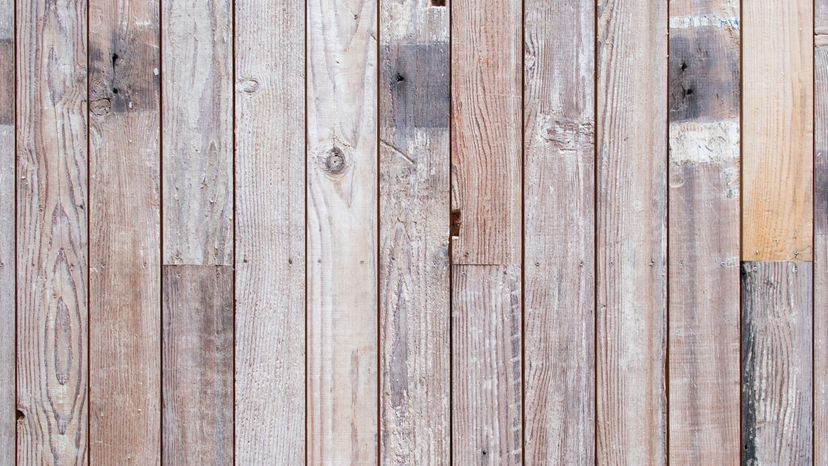
Key Takeaways
- Removing stains from wooden furniture involves identifying the depth of the damage and applying the appropriate repair technique, ranging from simple cleaning to more complex refinishing.
- Techniques include using gentle abrasives or solvents for surface stains, and more intensive methods like sanding and reapplying finish for deeper damage.
- Regular maintenance and immediate attention to spills can prevent permanent damage and maintain the furniture’s aesthetic appeal.
Most finishes protect the surface of wooden furniture by forming a protective coating. To repair a damaged finish coating, work only to the depth that it's affected. On any surface, work carefully, and don't remove more of the finish than you have to. In this article, we'll discuss this and other simple techniques to help you remove stains, blushing, and other discoloration from the surfaces of wooden furniture.
Any repair that involves removing the damaged finish completely -- deep scratches, gouges, burns, or any other damage -- also involves refinishing the repair area. Spot refinishing is not always easy, and it's not always successful, especially on stained surfaces. If the damage isn't too bad, it's worth trying. If you'll have to touch up several areas on one surface, you're probably better off refinishing the surface or the piece of furniture completely.
Advertisement
To stain one area on a surface, use an oil-based stain that matches the surrounding stain. You may have to mix stains to get a good match. Test the stain on an inconspicuous unfinished part of the wood before working on the finished surface.
Before applying the stain, prepare the damaged area for finishing. Sealing is not necessary. Apply the stain to the damaged area with an artists' brush or a clean cloth, covering the entire bare area. Let the stain set for 15 minutes and then wipe it off with a clean cloth. If the color is too light, apply another coat of stain, wait 15 minutes, and wipe again. Repeat this procedure until you're satisfied with the color; then let the stain dry according to the manufacturer's instructions.
Lightly buff the stained surface with No. 0000 steel wool, and wipe it clean with a tack cloth. Apply a new coat of the same finish already on the surface -- varnish, penetrating resin, shellac, or lacquer -- over the newly stained area, feathering out the new finish into the surrounding old finish. Let the new finish dry for one to two days, and lightly buff the patched area with No. 0000 steel wool. Wax the entire surface with hard paste wax, and polish it to a shine.
Spot refinishing and the other basic restoration techniques mentioned in this article will help you keep your wooden furniture looking good despite any kind of extensive use.
Advertisement